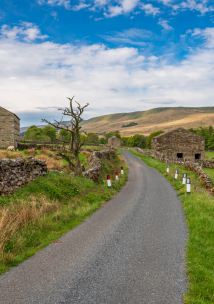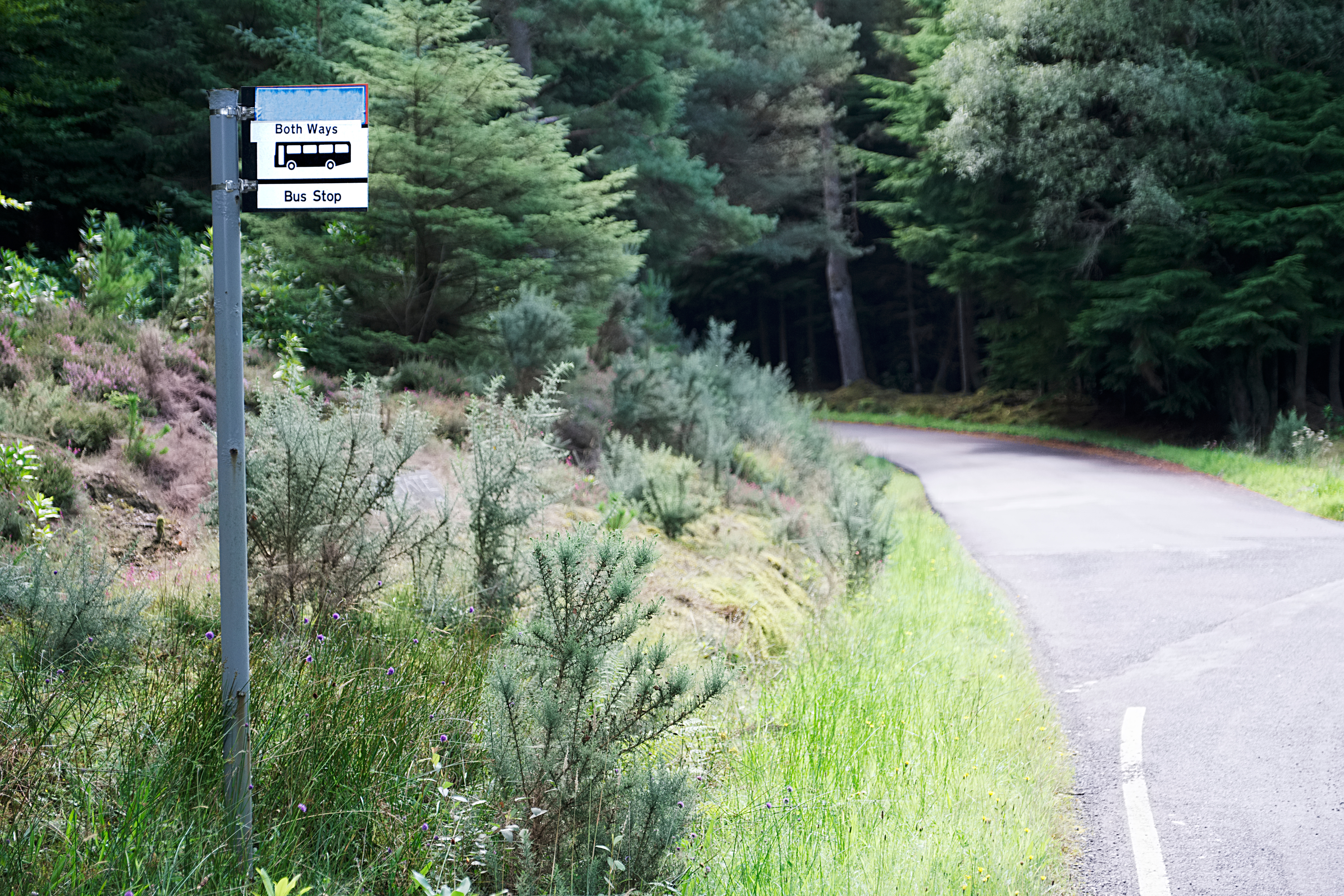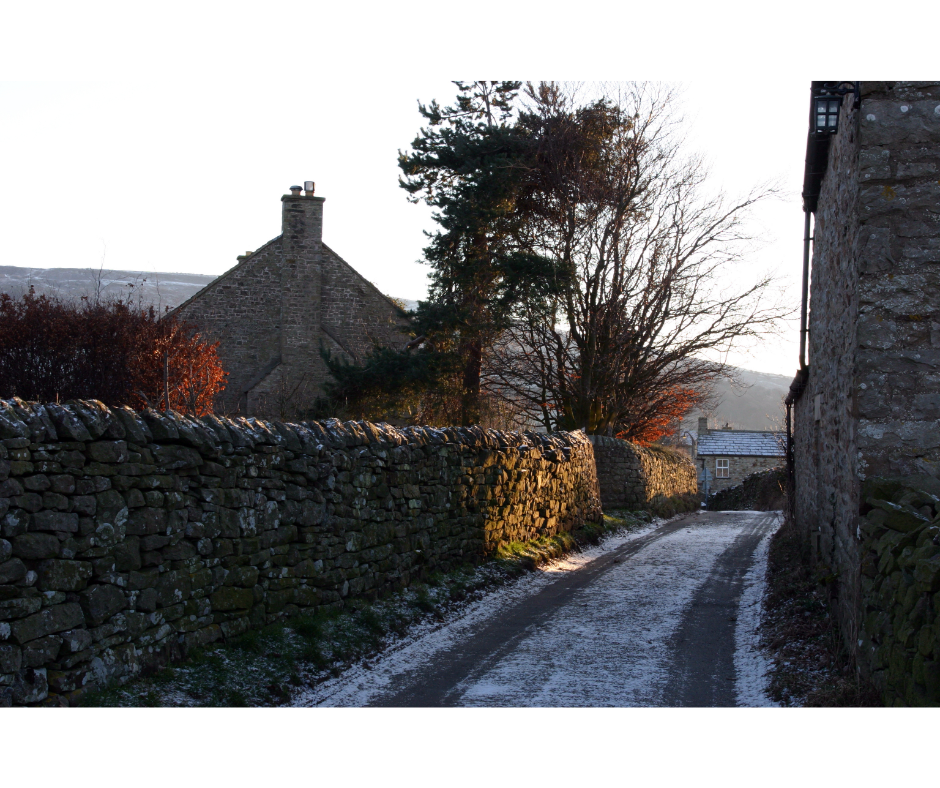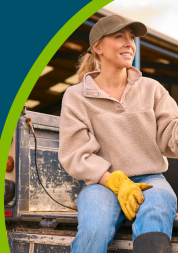Rurality and the healthcare barriers

With just over 600,000 people scattered across a huge area, only eight of our towns have a population of more than 10,000. In much of the county there are just 76 people per square mile compared with the English average of 430. According to the North Yorkshire Rural Commission, 85% of North Yorkshire is classed as ‘super-sparse’ or very rural. This means most of our residents live in smaller communities. This makes access to services, isolation and transport key issues for people.
As an independent charity commissioned by North Yorkshire Council to deliver statutory duties, our sole purpose is to make care better. We talk to people about their experiences and signpost them to local services and sources of help and information, advocacy services and support groups.
Healthwatch have relationships with local care commissioners and providers, and have the power to make sure that people’s voices are heard by the Government and those who run services.
One of our areas of focus is why people living in our rural areas are struggling to access the care they need . In other words, rurality is an unfair 'health inequality'.
NHS England sum up health inequalities as “unfair and avoidable differences in health across the population, and between different groups within society.”
Our latest research report, which we put together with the Institute for Social Justice at York St. John University, explores the relationship between in-land rurality and people’s experiences of accessing and using local healthcare services, including GPs, dentists, pharmacies, or hospital care.
“It's cruel to insist that a cancer patient attends daily appointments 50 plus miles away.”
What we found out
- Many people are struggling to access health care due to the increasing distance to services, inadequate public and community transportation (especially for older and more vulnerable people), and the inaccessibility of health care professionals.
- Health care in rural areas costs more money which has often meant that health service provision and development has been held back by short-term funding.
- Community and voluntary services are filling the gaps left by inadequate health service provision, when local health services have been withdrawn, for example during COVID-19.
- The overall reduction in health service provision in rural North Yorkshire has contributed to both the ‘decay’ and ‘disappearance’ of health services and support.
- The barriers to accessing local health services means people feel abandoned and are less likely to seek help affecting their long-term health and wellbeing.
- People feel more informed about health and social care services in urban and 'central' areas than services located further afield.
- Despite a strong sense of community spirit there are feelings of isolation that permeate in rural communities.
- It's a myth that everyone in North Yorkshire is rich, can easily drive to access NHS healthcare services, otherwise they should 'just move house'. For many people, moving to a rural place when they were younger, healthier, and had access to a car, doesn't automatically mean that it stays that way.
We found that for many people across rural North Yorkshire, they were facing financial challenges, severe delays getting to hospital, feeling ‘dismissed’, and going without care for fear ‘they won’t do anything’; feelings that mirror the national healthcare crisis. Add to that living rurally and feeling ‘cut-off’, it’s a bleak reality for many:
“Rural North Yorkshire isn’t all affluent, as some people assume. If you throw deprivation in the mix, as well as no bus service, you are a bit stuck.”
“My son had a ruptured appendix. It was critical. I was told the ambulance would take hours, so I took him myself. If I had waited for the ambulance he may not have survived.”
A devastating impact
Despite the hard work and commitment from those delivering care and who commission NHS services, the significant lack of available services rurally and ease of access is having a devastating impact:
“I’m recovering from cancer. I don’t drive. The bus is once every three hours through the village. To get to a main road there are no pavements or lighting. It’s too great a risk to negotiate traffic.”
“People living rurally put up with more pain. And if it wasn’t for getting help from someone, I would give up.”

Connectivity
20% of North Yorkshire’s rural areas have no broadband connection compared to 7% in urban areas. The average national download speed is 45 mega-bits-per-second compared with just 30 in North Yorkshire.
A higher than average older population
The knock-on effects are increasing people feeling isolated, many of whom are vulnerable and living with disabilities. North Yorkshire Council reports that there is a higher proportion of older people over 65 living in North Yorkshire (32%) compared to the national average (23%), with 55% of people facing with longstanding health conditions (GP patient survey).
“It's not uncommon that some of our patients travel over an hour to get to a specialist service. And if they've got pain, they've got fatigue, they've got incontinence issues, they just can't travel that far.”
What action have Healthwatch asked to be taken?
- Our health care commissioners and providers work collaboratively to ensure services provided for people living in rural North Yorkshire meet their needs via the rural proofing of services.
- People living in rural areas are included in the design and delivery of health services.
- The provision of transport in rural areas is reviewed to ensure it meets the needs of local populations and their ability to access health care.
- Addressing health inequalities of rural populations, including healthcare access and provision, is prioritised by the NHS Humber and North Yorkshire Integrated Care Board and the West Yorkshire Integrated Care Board, which covers Craven.
Both are statutory organisations accountable for NHS spend and performance. Their role is to join up health and care services, improve people’s health and well-being and reduce health inequalities. - Further research is undertaken to examine health inequalities across districts.

Conclusion
What people told us highlights the difficulties that people living in a rural area face on a day-to-day basis.
Living in a rural location only exacerbates the current difficulties people are facing such as long hospital waiting times, struggles to get an NHS dentist and problems booking appointment with the GP.
Add in the limited public and patient transport, poor WiFi, and services further away that people can't easilyget to then it only adds more and more obstacles to people's ability to access the health care they need.
We recognise NHS and social care staff are doing everything they can to keep us well during these challenging times, but we are recommending that commissioners and services providers, including the NHS, North Yorkshire Council and the Government, work together to do more research and ensure services are more accessible to meet the needs of people who live rurally.

